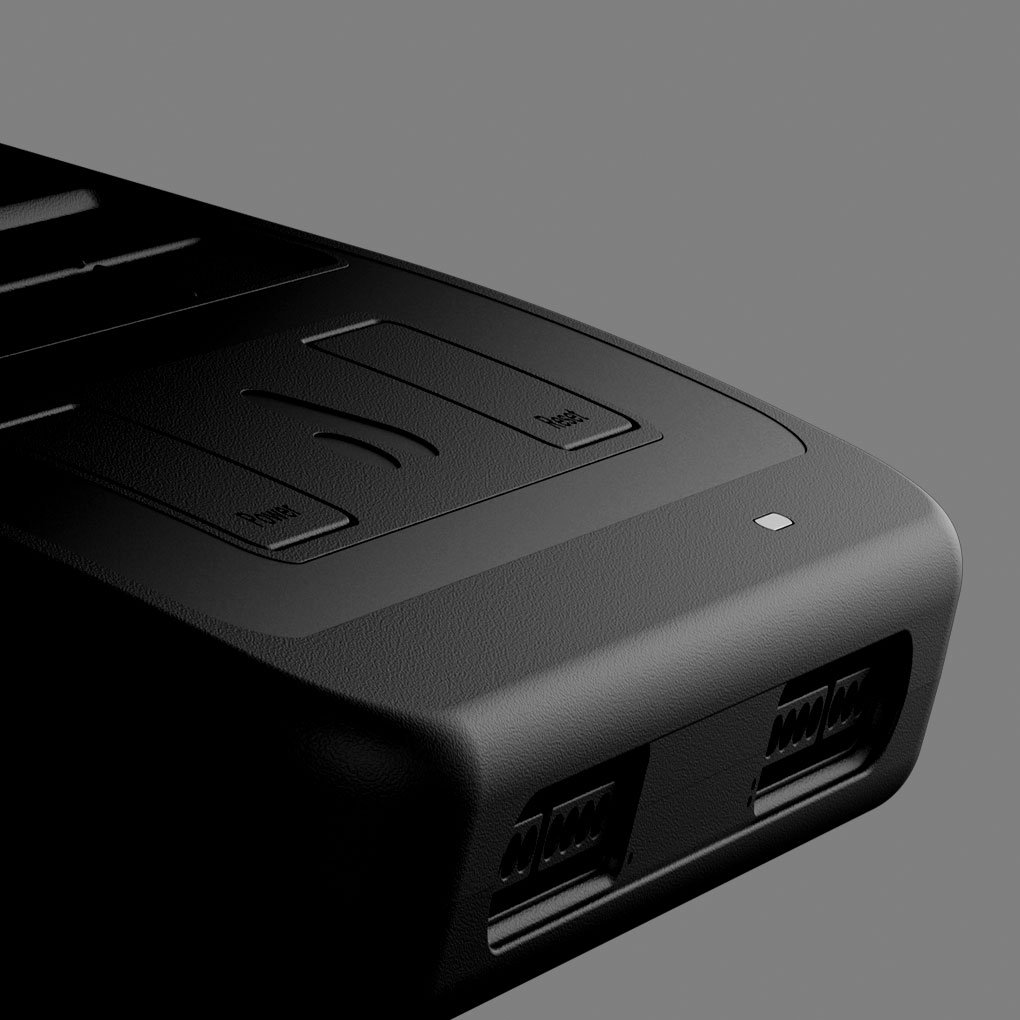The interface also hints at some new features on the Super NT that did not appear on the earlier NT mini, including a gamma boost feature and what Analogue is calling "pseudo-hi-res blending." The gamma boost feature seeks to address the screen dimming when emulators implement scanlines. While CRT TVs benefited from the brightness of the display, helping to bleed over the interlacing lines, scanlines can create a sort of mask effect on a crisp HDTV, dimming the overall image instead of sharpening the pixel clarity.
The pseudo-hi-res blending feature is similarly designed to more faithfully match the original pixel artist's intent when viewed on a CRT. "On the original Super Nintendo, in certain games, the way that the image was generated on a CRT relied on the technology of the CRT to manipulate the image in a way that generated it on screen the way you would see it," Taber explained. "When you remove the CRT from the picture — no pun intended — it doesn't show up the same way.
"So, for example, in a couple Kirby games, clouds in all the levels show up not as fully populated, dense, moving pixel clouds, but they show up as just lines. If you run these games on an emulator, they all generate and appear on your HDTV that way. So what we did, we are literally simulating the way that a CRT blends those pixels, so it generates on screen identically the way it does on a CRT. All of these features, as always, come disabled and you can enable or disable them, they're not forced."


